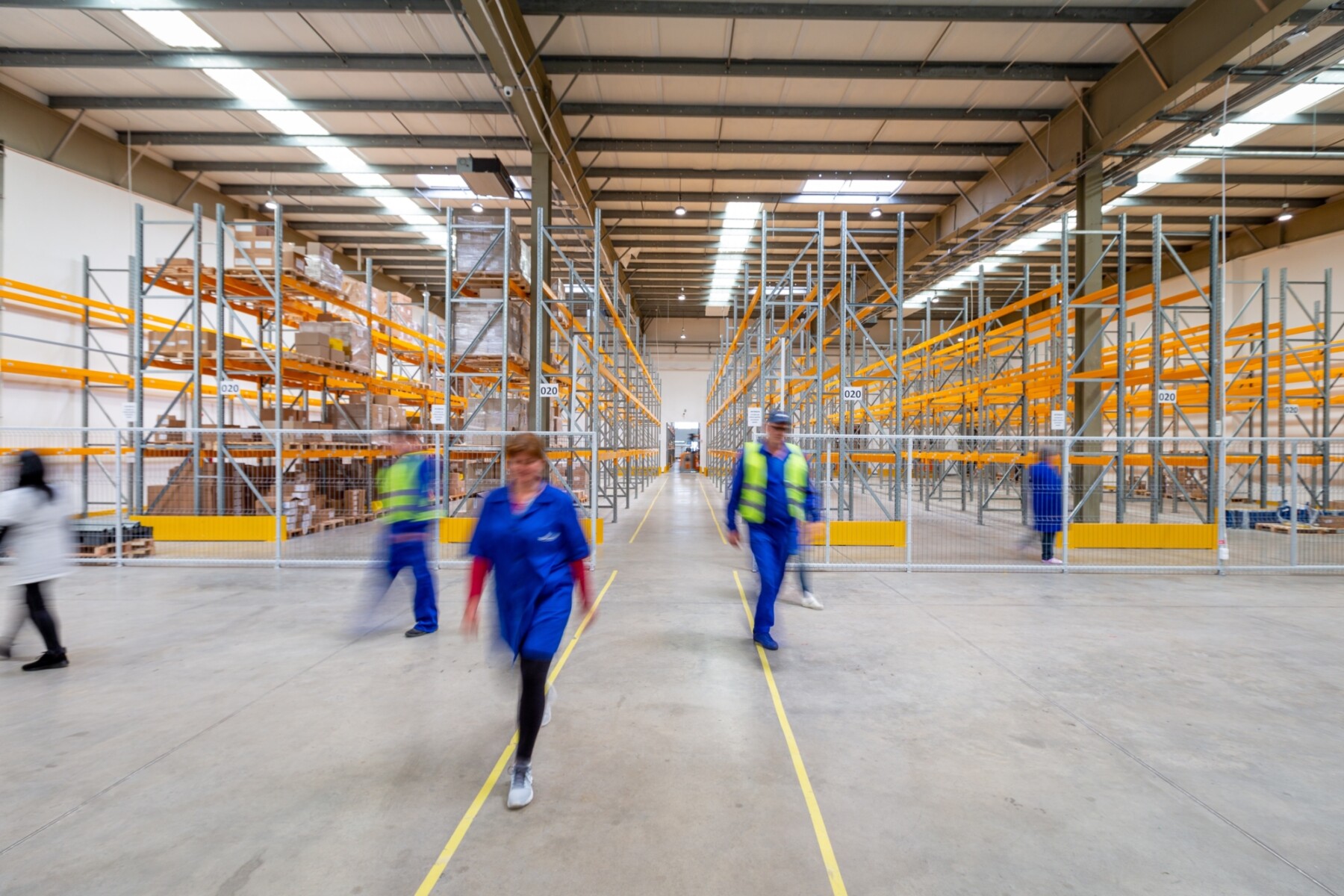Supply Chain Pressures Further Demand For Warehousing
Supply chain pressures will further the huge demand for industrial property seen throughout the COVID period.
“The industrial market has performed very strongly over the past 24 months with demand coming from the logistics and warehousing sectors as the pandemic turbo-charged the growth of e-commerce,” said Fitzroys Director - Agency, Marco Sandrin.
“E-commerce will continue to be a key driver of industrial property throughout 2022. Many businesses have been looking to secure more warehousing to shore up inventory, and the supply chain issues during the current Omicron wave have made this need even more pressing.”
“The e-commerce boom, and reliance on warehousing space for higher inventory levels have changed the perception of the industrial sector. Logistics and warehouse assets are now considered necessary infrastructure.”
Sandrin said businesses are constantly looking to increase their capacity to ensure they have enough stock available at any given time, and industrial assets are now viewed as opportunities for quality, secure income streams.
The huge investment demand has been from institutional-grade assets through to smaller assets. Fitzroys campaigns for warehouse facilities in Melbourne have attracted strong enquiry from across Australia, at price points and asset sizes that have not typically attracted interstate investors in the past.
“We have seen investors that have typically sought out retail and office investments now changing their focus to warehouse and logistics assets, which is forecast to be an enduring trend. This has taken place from Mum and Dad private investors and self-managed super funds through to major institutional groups, with major diversified groups actively re-weighting their portfolios towards the industrial sector.”
The huge investment demand has pushed investment yields down, with prime yields in some locations across all types of stock hovering around 4% and below.
“Investors are looking for strong covenants and WALE. Owner-occupiers, developers and investors are all looking for properties that are well located and close to major arterials,” Sandrin said.
Fitzroys Director - Agency, Brent Glassford said supply of stock simply can not keep up with demand at the moment, with leasing and pre-leasing volumes ahead of long-term averages. Further rental growth is expected across Melbourne amid historic low vacancies for existing buildings.
A severe shortage of zoned and serviced land is driving up land values and putting further pressure on development stock.
Glassford said major developers and institutions will continue to focus on acquiring land for development. As such they are looking for infill sites in inner locations or large land parcels in the outer suburbs.
“Many are seeking parcels with medium and longer-term views to rezoning for industrial use given the shortage of existing zoned land,” he said.
Glassford said well-located properties from a logistical point of view, close to major arterials will remain in huge demand, such as in locations like Tullamarine, Epping, Sunshine North, and Dandenong. The Victorian government and Salta properties have just started construction of a $155 million intermodal freight terminal in Dandenong South that will connect to the Port of Melbourne’s on-dock rail project, allowing for direct freight shuttle connections and less pressure on truck movements.
“Accessibility and connectivity are front-of-mind for investors, owner-occupiers, developers and value-add players alike, at a time in which last-mile logistics are increasingly important for all businesses and operators.”
The premium placed on accessibility and connectivity applies to primary and secondary assets alike, he added.
